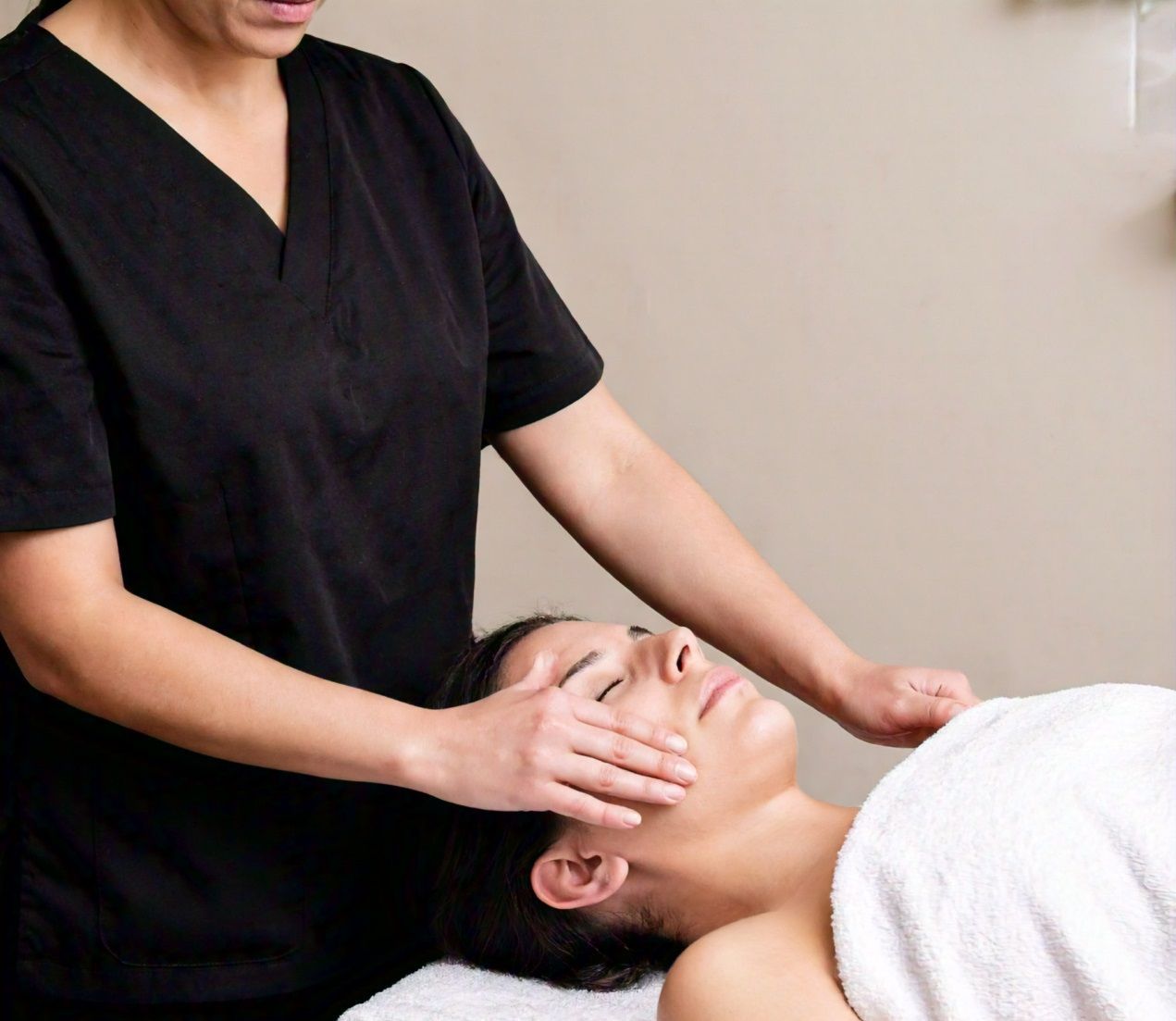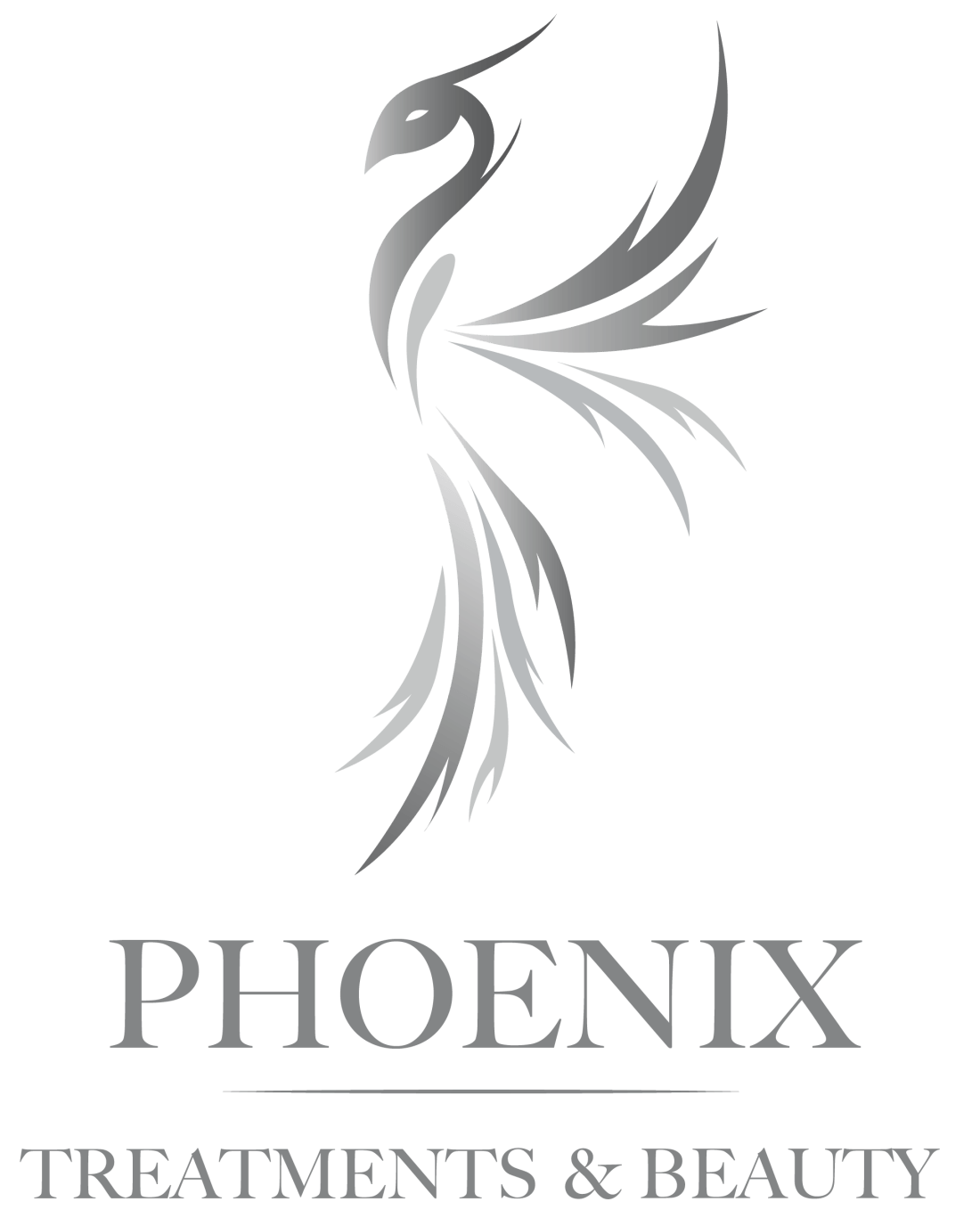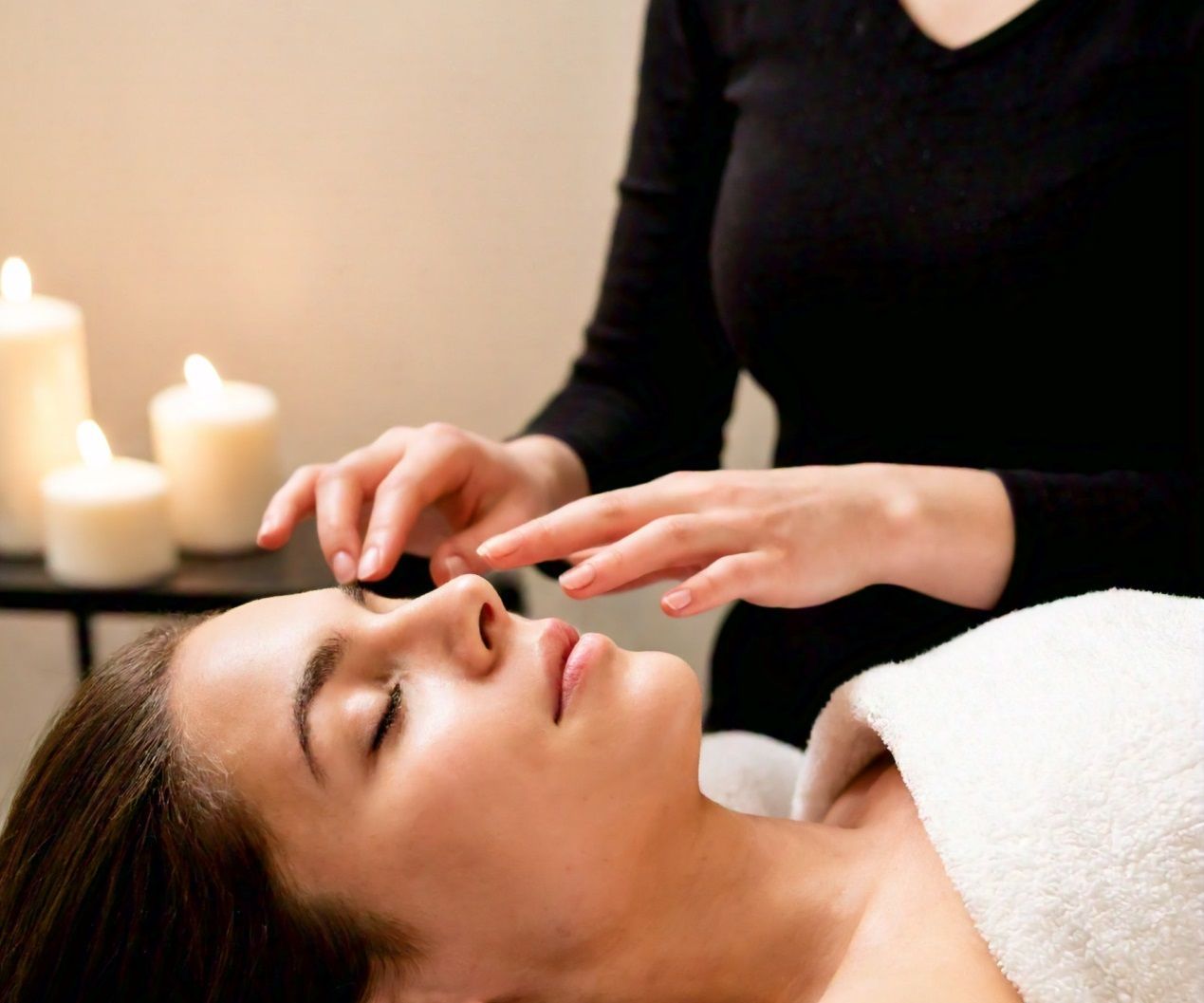The Role of Trigger Point Therapy in Pain Management
The Role of Trigger Point Therapy in Pain Management

Trigger points are small, tight areas within muscle tissue that cause pain not only at the site but also in seemingly unrelated areas—a phenomenon known as referred pain. For example, a trigger point in the shoulder can lead to pain in the neck or even tension headaches.
How Do They Form?
Trigger points develop from various causes, including:
- Poor Posture: Sitting hunched over a desk all day can strain specific muscles.
- Stress: Chronic tension can create muscle imbalances, leading to trigger points.
- Repetitive Movements: Activities like typing or sports can overwork muscles, causing these knots to form.
- Injury: Trauma or overuse can also lead to the development of trigger points.
Symptoms
- Localised muscle tightness or pain.
- Radiating discomfort or tenderness in other parts of the body.
- Limited range of motion or a feeling of weakness in the affected muscle.
What Is Trigger Point Therapy?
Trigger point therapy focuses on identifying and deactivating these painful knots. A skilled therapist applies controlled pressure directly to the trigger points, encouraging the muscle to release tension and improve circulation.
How It Works
Trigger point therapy breaks the pain-spasm-pain cycle. The sustained pressure helps:
- Disrupt the Tension: This interrupts the neurological signals maintaining the knot.
- Improve Circulation: Increased blood flow delivers oxygen and nutrients to the muscle, promoting healing.
- Restore Function: As the knot releases, the muscle regains flexibility and strength.
What to Expect During a Session
- Assessment: A therapist identifies trigger points and discusses areas of discomfort.
- Direct Pressure: Firm, steady pressure is applied to the trigger point. While this may feel slightly uncomfortable at first, it leads to significant relief.
- Complementary Techniques: Stretching or gentle massage often follows to help the muscle relax further.
Aftercare Tips
Post-therapy care can maximise results:
- Stay hydrated to flush out toxins released during treatment.
- Perform light stretches to maintain flexibility.
- Rest the treated area to prevent re-straining the muscle.
Benefits of Trigger Point Therapy
Trigger point therapy is a practical and effective approach for addressing pain at its source. Its benefits are both immediate and long-term, making it ideal for a wide range of conditions.
Physical Benefits
- Reduces chronic pain in areas like the neck, shoulders, and back.
- Restores mobility and range of motion, helping you move more freely.
- Accelerates recovery from injuries by targeting underlying muscle tension.
Mental and Emotional Benefits
- Relieves stress-related muscle tightness, promoting relaxation.
- Helps improve sleep quality by easing discomfort that may disrupt rest.
- Enhances overall mood and well-being by reducing pain.
Practical Benefits
- Provides a drug-free alternative for pain management.
- Addresses early symptoms, preventing the escalation of pain.
- Improves performance in physical activities by restoring muscle function.
Trigger Point Therapy and Related Services
Trigger point therapy often works best when combined with complementary treatments tailored to specific needs. AtPhoenix Brighton Spa, a variety of services complement and enhance the effects of this therapy.
1. Massage Therapy Services
- Deep Tissue Massage: For chronic pain and deeply rooted muscle tension, this massage targets deeper layers of muscle tissue, working in tandem with trigger point techniques.
- Swedish Massage: A gentler option that promotes overall relaxation while relieving surface-level tension.
- Stretching Massage: Perfect for improving flexibility and preventing muscle stiffness.
- Hot Stone Massage: Combined heat and massage for a deeply soothing experience.
- Aromatherapy Massage: Uses therapeutic essential oils to reduce stress and enhance relaxation.
2. Tailored Treatments
- Sessions are customised based on individual pain points, ensuring maximum effectiveness.
- Options include short, targeted sessions or longer, more comprehensive treatments for full-body relief.
Complementary Services to Support Expecting Mothers
To enhance the benefits of your massage, consider pairing it with these complementary treatments:
- Facials: Rejuvenate and hydrate your skin, addressing pregnancy-related dryness or sensitivity.
- Advanced Facial Treatments: Address specific skin concerns for a radiant glow.
- Revitalising Back Scrub: Exfoliate and refresh the back, complementing the relaxation benefits of massage.
- Aromatherapy Sinus Relief Treatment: Alleviate sinus pressure and improve breathing, especially helpful during pregnancy.
- Manicures and Pedicures: Enjoy perfectly groomed nails for a confidence boost.
- Packages: Combine massage with other treatments for a holistic self-care experience.










